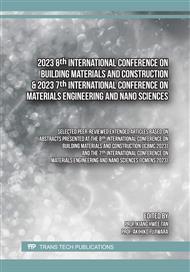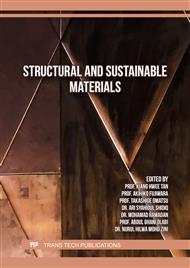p.137
p.145
p.155
p.161
p.169
p.179
p.197
p.209
p.215
Effects of Holding Time and Temperature of Creasing Knife on Crease Bending Characteristics of Milk Carton Subjected to Indentation of Flat-Edge Creasing Knife
Abstract:
Since the material properties of paperboard depend on the processing strain rate and the temperature elevation of the paperboard, the mechanical conditions of the scoring tool (creasing knife) are important for precisely and stably folding the scored zone of the paperboard. When the temperature and the indentation velocity of the creasing knife are changed irregularly during the scoring process, the permanent-indented (residually scored) depth of the paperboard seems to be affected by the temperature and the indentation time of the creasing knife. Although the temperature-dependent and time-dependent behavior of several thin paperboards have been known in the past, their combined behavior was not sufficiently discussed regarding the crease bending characteristics of the paperboard. In this work, the time-dependent and temperature-dependent scoring, and the corresponded bending characteristics of liquid-container-purpose paperboard of basis weight 313g/m2 (thickness of t = 0.47mm) were experimentally investigated using a bending (folding) tester, when varying the holding time and the temperature of a flat-edge creasing knife at two levels of the normalized indentation depth d/t = 0.68 and 1.02. As the results, the first peak bending moment Mp1, the first stiffness C1 (the gradient of bending moment resistance by the folding angle at an angle of 0—4 degrees), and the rating bending moment resistance at the right-angle M90,1(0) were characterized with the holding time and the temperature elevation of the creasing knife at the pre-stage (scoring) process. Also, some explicit expressions of C1, Mp1, M90,1(0) with the permanent scored depth were revealed as a static relationship. It is concluded that the temperature variation and the holding time of the creasing knife are important parameters which must be controlled in the manufacturing process of liquid package.
Info:
Periodical:
Pages:
179-194
Citation:
Online since:
October 2023
Authors:
Keywords:
Price:
Сopyright:
© 2023 Trans Tech Publications Ltd. All Rights Reserved
Share:
Citation:



